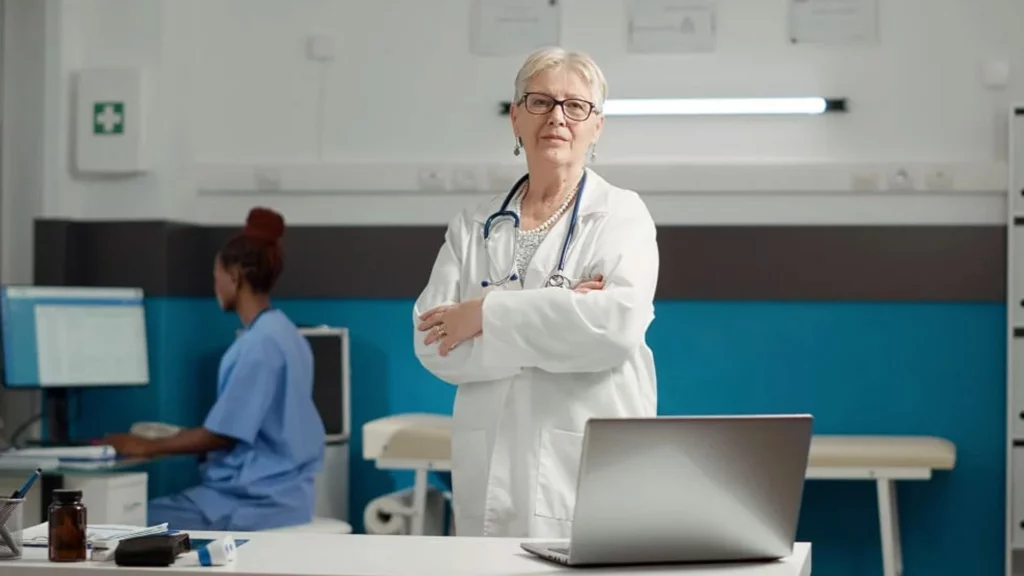Patient No-Show: 6 Signs that a Patient Might Be One and What To Do About It

Discover the most common signs that can tell if a patient will be a no-show and what steps can you proactively take to reduce this no-show rate.
No-shows are one of the most frustrating problems for healthcare centers: The cost of unused time slots for doctors is almost $200 per occurrence. Now, if we consider that the average no-show rate is 30%, you end up with an extraordinary $150 billion loss.
And not only that, but they can also affect prospective patient experience by not letting them receive timely appointments.
Patient no-shows: main reasons
Now, while there is not a one-size-fits-all solution for handling no-shows, there are signs that can tell if a patient might be a no-show and steps that may help you ease the frustration caused by it and help reduce your healthcare center’s no-show rate.
1.Patient has a history of missing or canceling appointments at the last minute
If you have a patient who has missed or canceled an appointment at the last minute in the past, it’s important to remember that this could happen again—and be prepared for it.
What can you do about it?
You can try reaching out to them by phone or email before their appointment to confirm they are coming in, but don’t make it sound like a hassle. A friendly message like “I wanted to check in with you before your appointment today and make sure you’re still planning to come.” If they confirm their attendance, ask them if there’s anything specific they’d like to address during the session. This is an easy way to get on their good side and ensure they show up for their appointment.
If they respond negatively or say that they didn’t realize the appointment was that day, offer them an alternative date/time that works better for them. If they still won’t commit, cancel their appointment and reschedule it for another day when they are more likely to show up.
2. Patient doesn’t confirm the appointment
If a patient doesn’t confirm their appointment, it’s likely they aren’t going to show up at all. It’s important to remember that this can happen because of something as simple as a change in their schedule.
What can you do about it?
If you’ve tried calling them and they don’t answer, consider sending them an email or text message. If that doesn’t work, consider sending them a reminder about your appointment via email or text the day before your appointment.
3. Forgetfulness
One of the biggest reasons for no-shows is forgetfulness— If a patient doesn’t have someone who can remind them about their appointment time or location (or has trouble keeping track of themselves), they might just forget it altogether.
What can you do about it?
If this is the case with your patients, consider sending reminders via text message or email two days before their scheduled appointment time. If this doesn’t work, try setting up an automatic reminder service through whatever calendar system they use.
4. Unreliable transportation
Transportation is another common reason for patient no-shows. If you can’t get to your appointment on time, there’s a good chance you won’t show up at all.
What can you do about it?
If your patient tells you they’re having trouble getting to your office, ask them if there’s anything that can be done about it—maybe offer them an earlier appointment or one closer to their home. If they’re still struggling, connect them with someone who can help them solve the problem.
5. Patient has a heavy workload
Patients who are on the go all the time, and have a lot going on in their personal lives, may be more likely to miss appointments than those with less demanding schedules.
What can you do about it?
Aside from offering a timely reschedule, you can also reach out to inform them of how important it is for them to keep their appointments to treat any health issue in time.
Encourage them to prioritize their health and explain the importance of their visits.
6. Previous negative experience
Patient satisfaction plays a vital role in healthcare, and If a patient had a negative experience at a previous appointment, they might be more likely to miss their upcoming one.
What can you do about it?
Offer to answer any questions they may have and explain what steps you’re taking to ensure a positive experience.
Make sure you give them an extra reminder call, text message, or email the day before their appointment. This will ensure that patients know that you care about them and that you have their best interests at heart when scheduling appointments.
Other ways to reduce patient no-shows
Implement a no-show policy
It’s important to have a clear no-show policy in place that includes the consequences for missed appointments, such as charging a no-show fee for future appointments. Make sure to communicate it to your patients before they schedule.
You can also send reminders in advance via email or text message. You can also consider offering online appointment booking and/or payment options to make both more convenient for patients.
Use descriptive analytics
One way to prevent patient no-shows from affecting your healthcare center is to implement a predictive analytics model to show which patients are more likely to no-show and take proactive steps to ensure they attend their appointment.
Additionally, this predictive model could be used to develop personalized strategies for each patient, such as sending reminders or offering incentives for showing up. By taking such proactive steps, it’s possible to reduce no-shows and improve patient outcomes.
No-shows constitute a significant problem for healthcare centers, but with the right system in place, you can make sure that yours doesn’t lose money to no-shows and that you’re able to provide the best care possible to all your patients.



